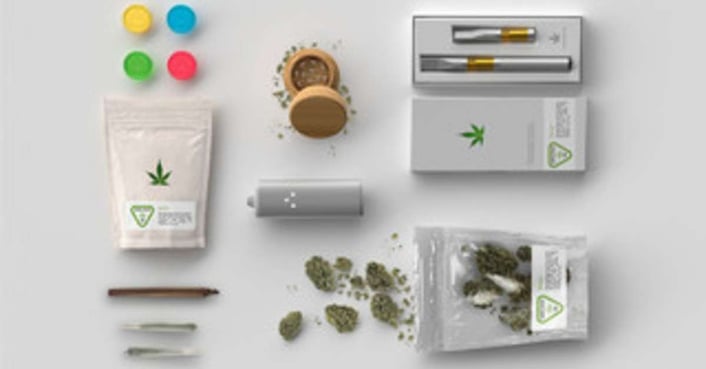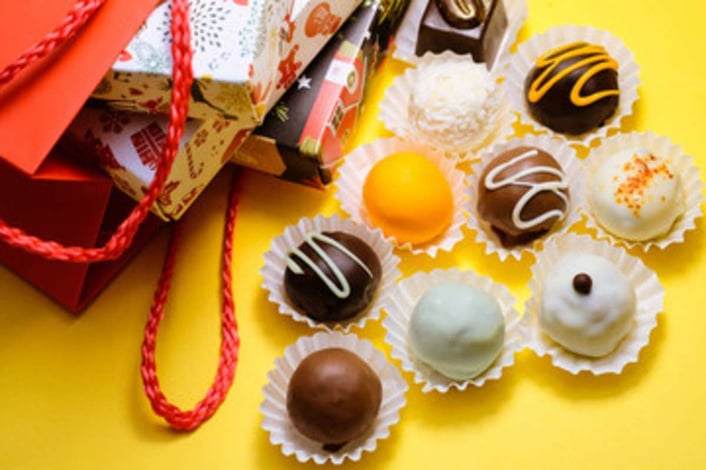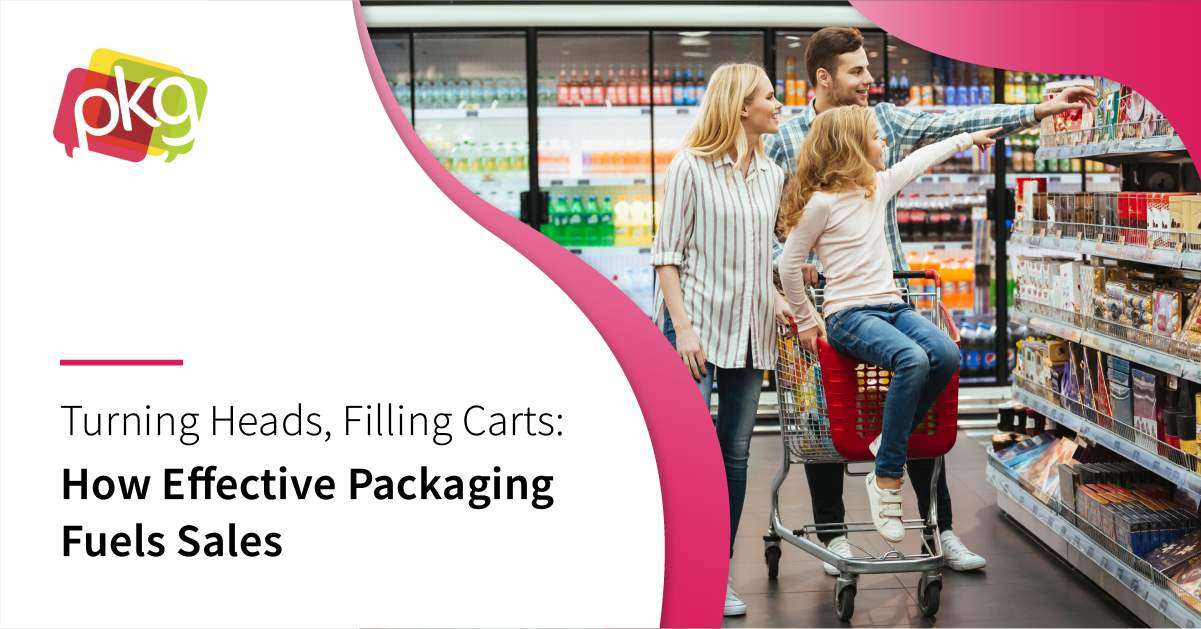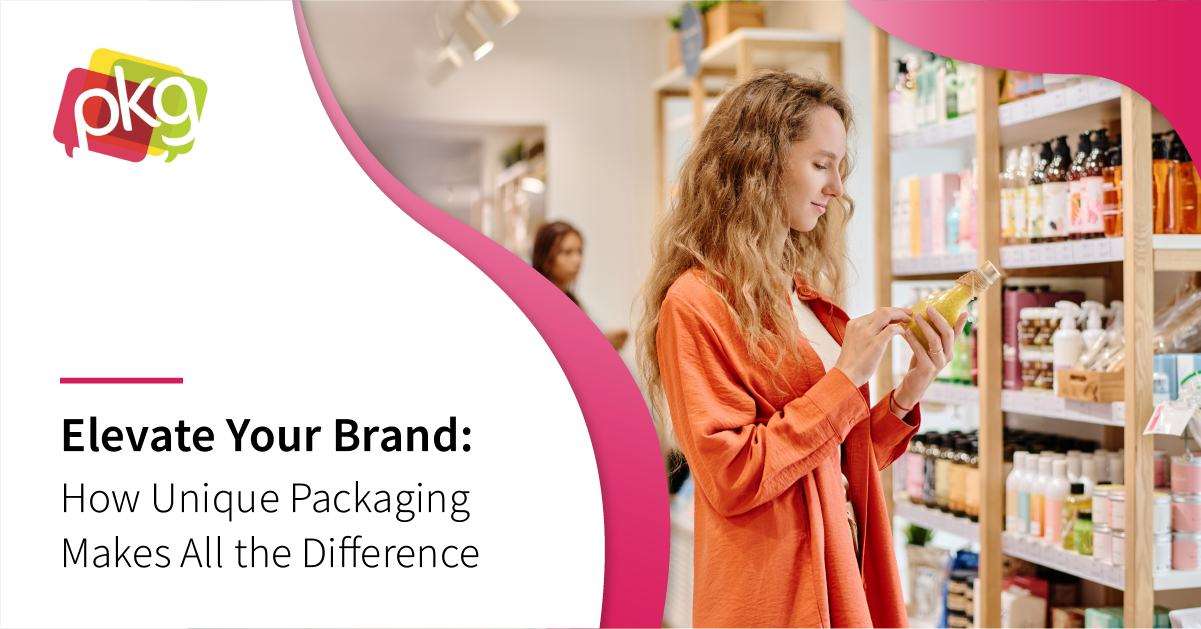
Edible packaging is becoming popular in the food and beverage industry. This form of sustainable CPG packaging is typically made from plant-based materials and is often biodegradable.
As more focus is placed on creating eco-friendly packaging design, brands are investing money into edible packaging as it provides unique benefits. The market size of the global edible packaging industry was $697 million in 2016. It's expected to reach $1,097 million in 2023.
As experts are cultivating new sources to use for edible packaging, more options will become available.
What Is Edible Packaging?
Edible packaging is packaging made of substances that can be eaten. For materials to be considered edible, they must comply with basic health standards and provide nutritional value.
Examples of edible materials include:
- Vegetables
- Fruits
- Bakery items
The ingredients in edible packaging are part of suggested daily nutrition. That's why they comply with health regulations. That's what makes them edible.
Edible packaging reduces the amount of waste in landfills along with recycling needs. This type of packaging design is eco-friendly as it addresses these waste challenges.
Brands have many options when choosing edible packaging. This allows a lot of room for creativity and fun when coming up with CPG packaging ideas.
Examples of Edible Packaging
Edible packaging can be used to hold or encapsulate food items. Ice cream cones are one of the best examples of edible packaging as they're used in place of bowls to hold ice cream and you can eat them.
Other examples include:
- Edible straws
- Edible coffee cups
- Edible spoons
- Starch-based cupcake wrappers
- Candy wrappers made from rice paper
These are all made from plant-based sources and other natural materials that are safe to eat.
Edible Straws
Edible straws are used for cold drinks and are free of plastic. Some are made of sugar or starch while others derive from rice and are sugar-free.
Companies are beginning to offer edible straws as alternatives to plastic or paper straws. They come in many different flavors and once the drink is consumed, the straw can be eaten.
This eliminates the need to throw it away. Even if consumers don't eat the straws, they'll break down easier as a waste product than other non-edible alternatives.
Edible Coffee Cups
Edible coffee cups are great alternatives to disposable paper cups. They're made from materials like cookies coated in chocolate, vanilla, or caramel glaze (some are available without glaze).
Edible coffee cups don't alter the taste of the drinks, nor do they transfer heat. Moisture also doesn't affect the integrity of the cup’s structure for around an hour after the drink is served.
Edible Spoons
Edible spoons are often made of wheat, sorghum, and rice. They're great alternatives to plastic utensils.
Sorghum gives the edible spoons strength, so they don't break down during meals. They also don't degrade when used to stir liquids.
Other types of flour and ingredients like herbs and spices are also used to make edible spoons. They're available in a variety of flavors to compliment different foods.

Starch-Based Cupcake Wrappers
Starch-based cupcake wrappers are made from wafer paper, which is derived from potato starch. It's somewhat transparent and stiff, so it typically maintains its shape. It only dissolves when subjected to heavy liquid.
These wrappers are made from oil, water, and dehydrated potato starch. This makes them edible options, but they'll also break down easier than standard paper wrappers if thrown away.
Candy Wrappers Made from Rice Paper
Rice wafer paper is another great option for edible packaging. It's frequently used to wrap various types of candy and chocolates and can be eaten along with the candies.
Rice paper is safe because it keeps toxins out of the candy while eliminating waste that occurs with plastic or wax paper wrappers. It's suitable for various sweets including chocolate, caramel, and hard candies.
Conclusion
Edible CPG packaging is in high demand as it increases the safety of food items. Future Market Insights notes this arena will expand at a compound annual growth rate (CAGR) of 14.31% between 2023 and 2033.
Edible packaging is also sustainable, meeting the need for eco-friendly packaging design options. This enables brands to find creative ways of offering new CPG packaging that's good for the environment, provides nutritional benefits to consumers through plant-based ingredients, and promotes future design innovation.
PKG Brand Design is always at the forefront of new CPG branding and packaging initiatives. Subscribe to our blog for the latest package design industry news!







